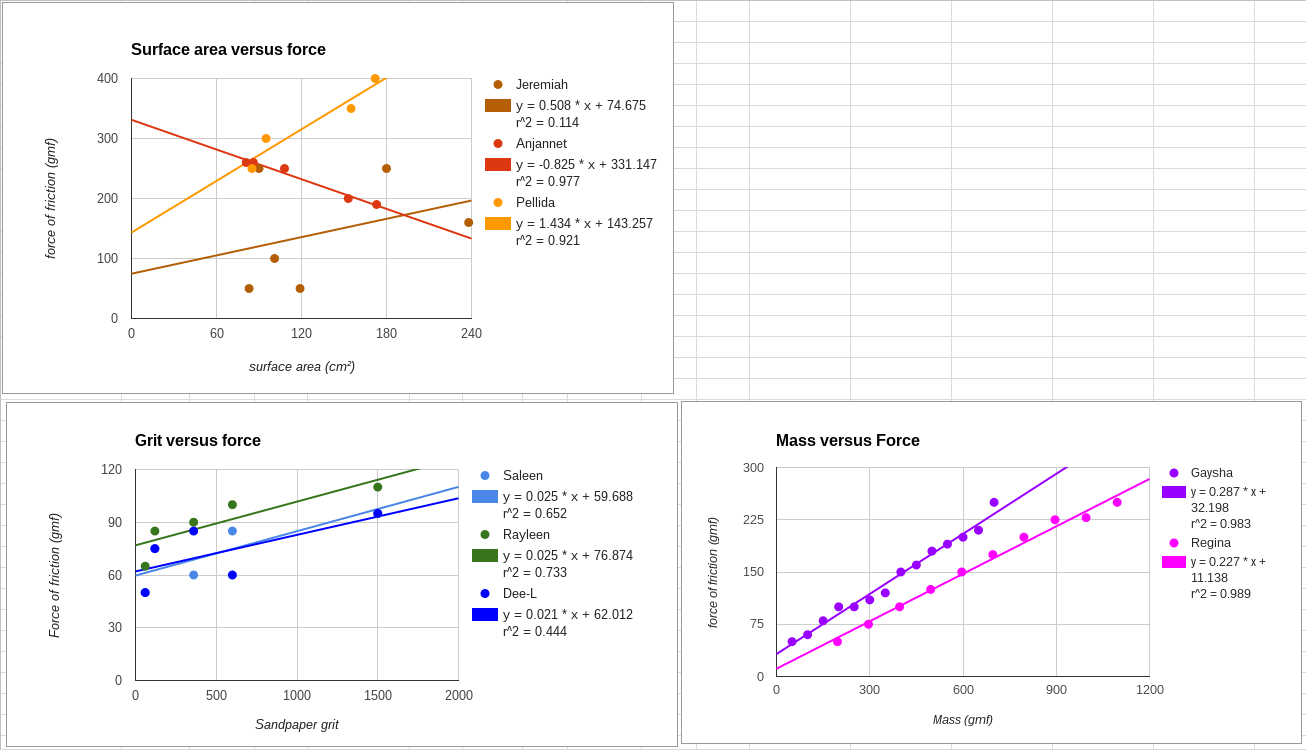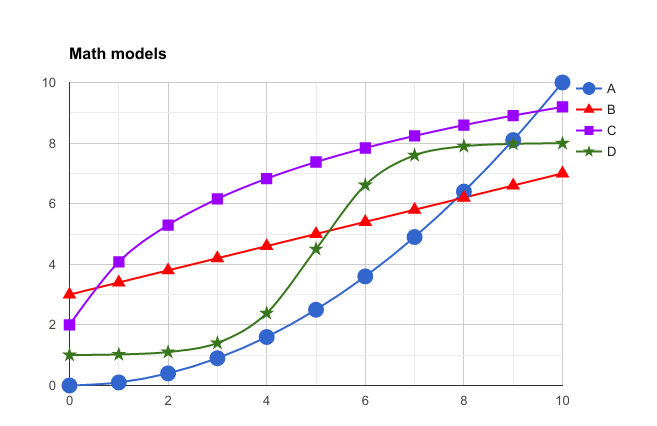- __________ _____ Calculate the density ρ of Dial Basic soap.
- ______________ Based on the density, will Dial Basic soap float or sink?
- __________ _____ Using the density above, calculate the mass of a bar of Dial Basic soap that has a volume of 100 cm³.
- __________ _____ Using the density above, calculate the volume of a bar of Dial Basic soap that has a mass of 250 grams.
- __________ _____ Calculate the density ρ of Ivory soap.
- ______________ Based on the density, will Ivory soap float or sink?
- __________ _____ Calculate the density ρ of Neutrana soap.
- ______________ Critical thinking: Based on the density, will Neutrana soap float or sink?
- __________ _____ Determine the velocity ѵ of the RipStik.
- __________ _____ If the RipStik continued at that velocity for 30 seconds, how many centimeters would the RipStik travel?
- __________ _____ If the RipStik continued at that velocity for 6700 centimeters, how many seconds would the RipStik travel?

- ______________ What will be the slope of the graph for marbles in versus marbles out?
- _____________________ ____ ________________ What law of motion are the marbles demonstrating?

- _______________ Based on the data above, which variable has the most effect on the force of friction?
- Why?
- _______________ Based on the data above, which variable has the least effect on the force of friction?
- Why?
- ________ __________ For the upper line on the mass versus force chart, Gaysha's data, what will be the force of friction for a mass of 900 grams?

_____ Linear _____ Quadratic (parabola) _____ Logarithmic _____ Logistic
- Plot the points.
- ___________ ____________ Determine the slope of the line.
- ___________ ____________ The slope is distance in meters for the last digit of the GPS used by Anjannet. Based on the slope, how close to my location could that GPS have put a student?